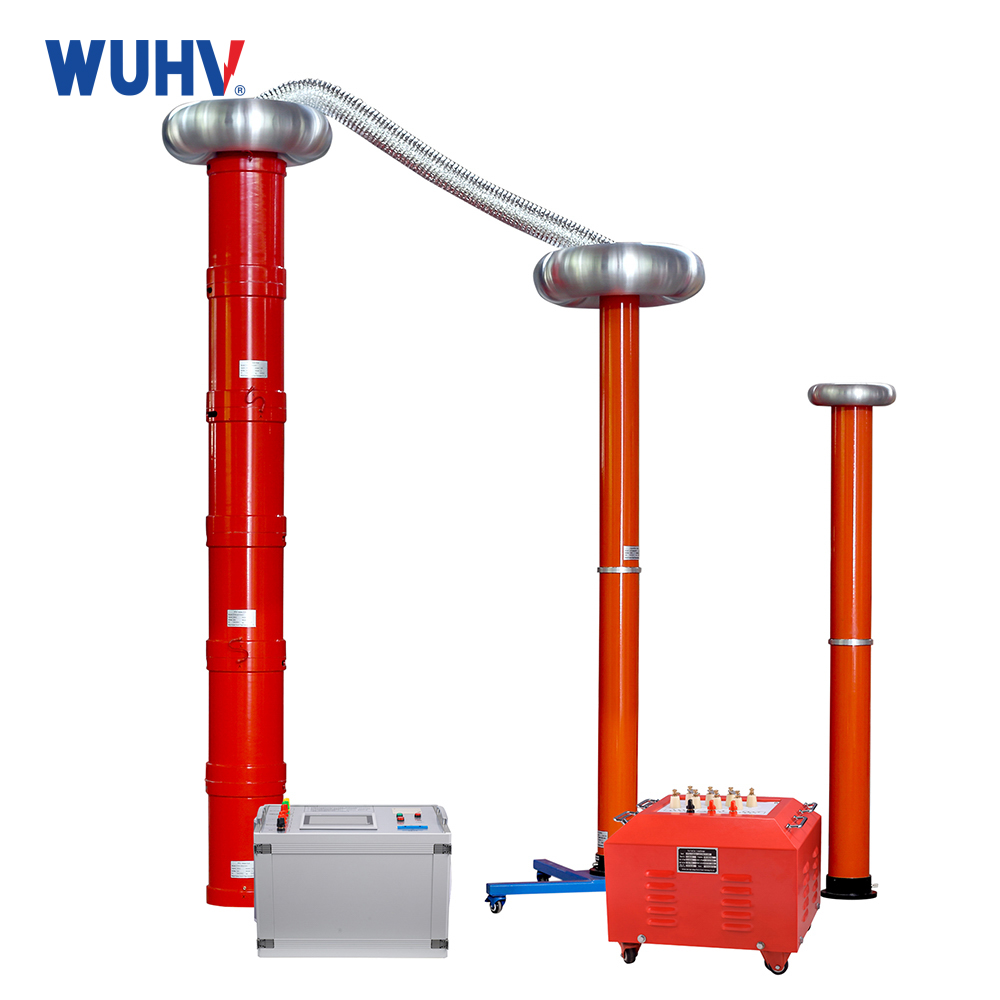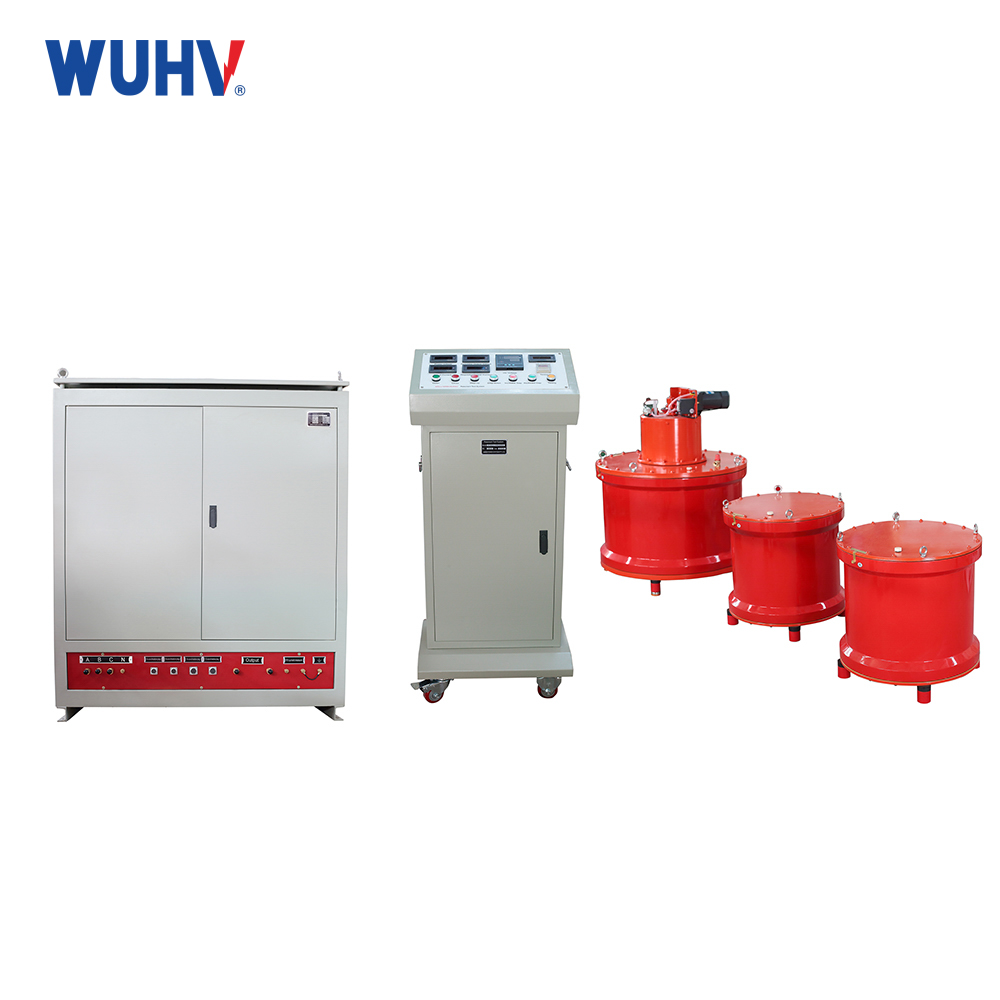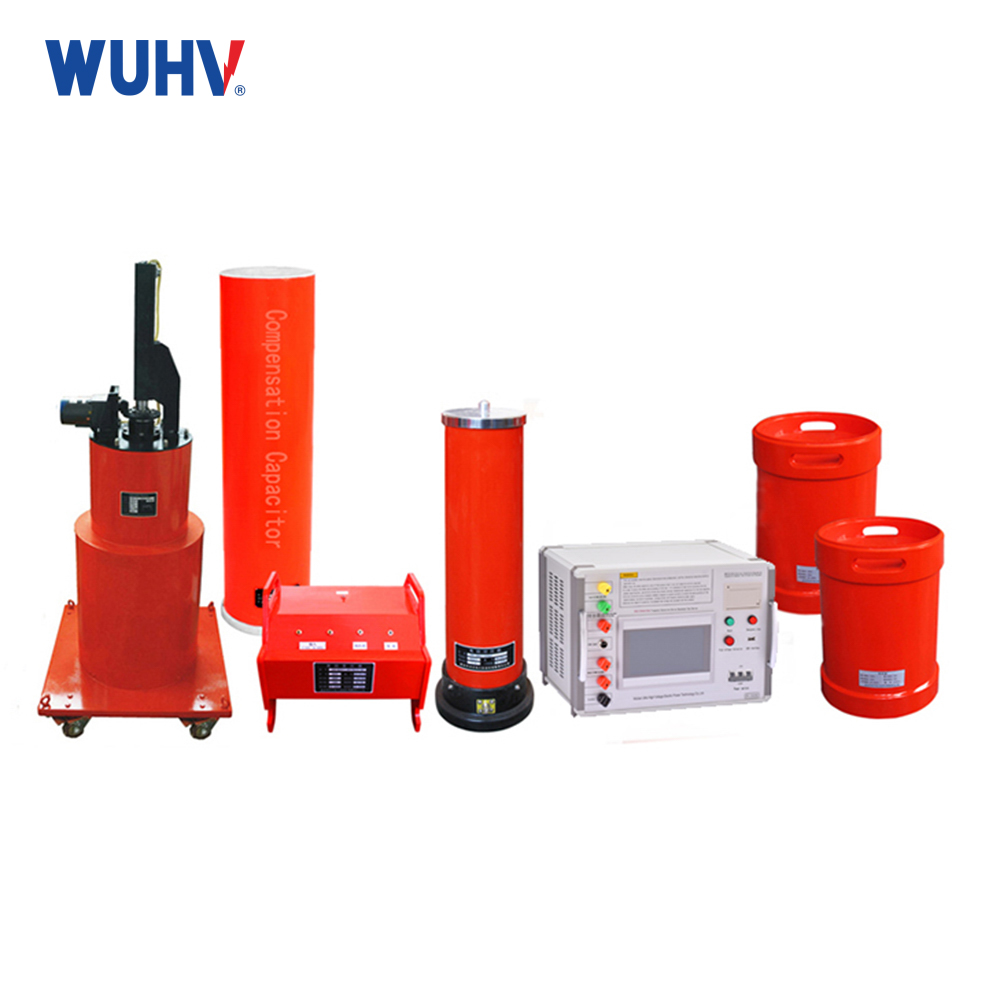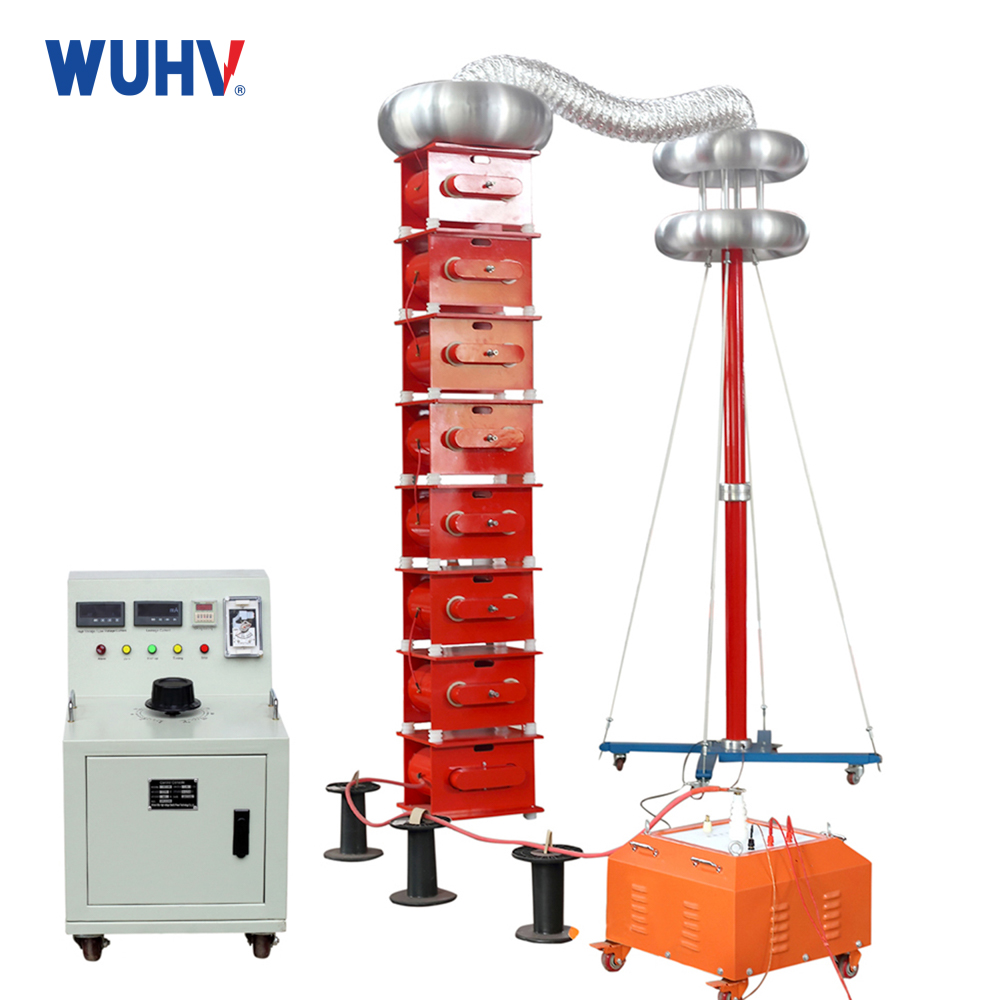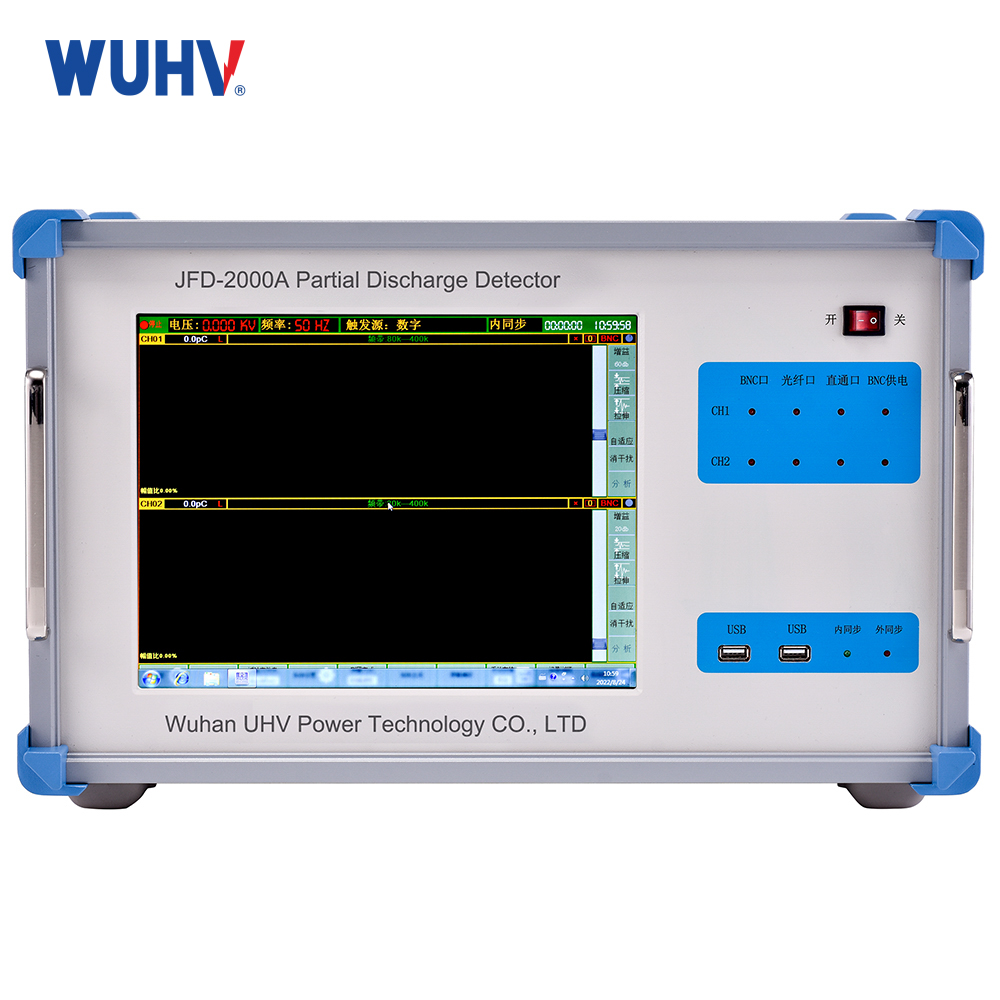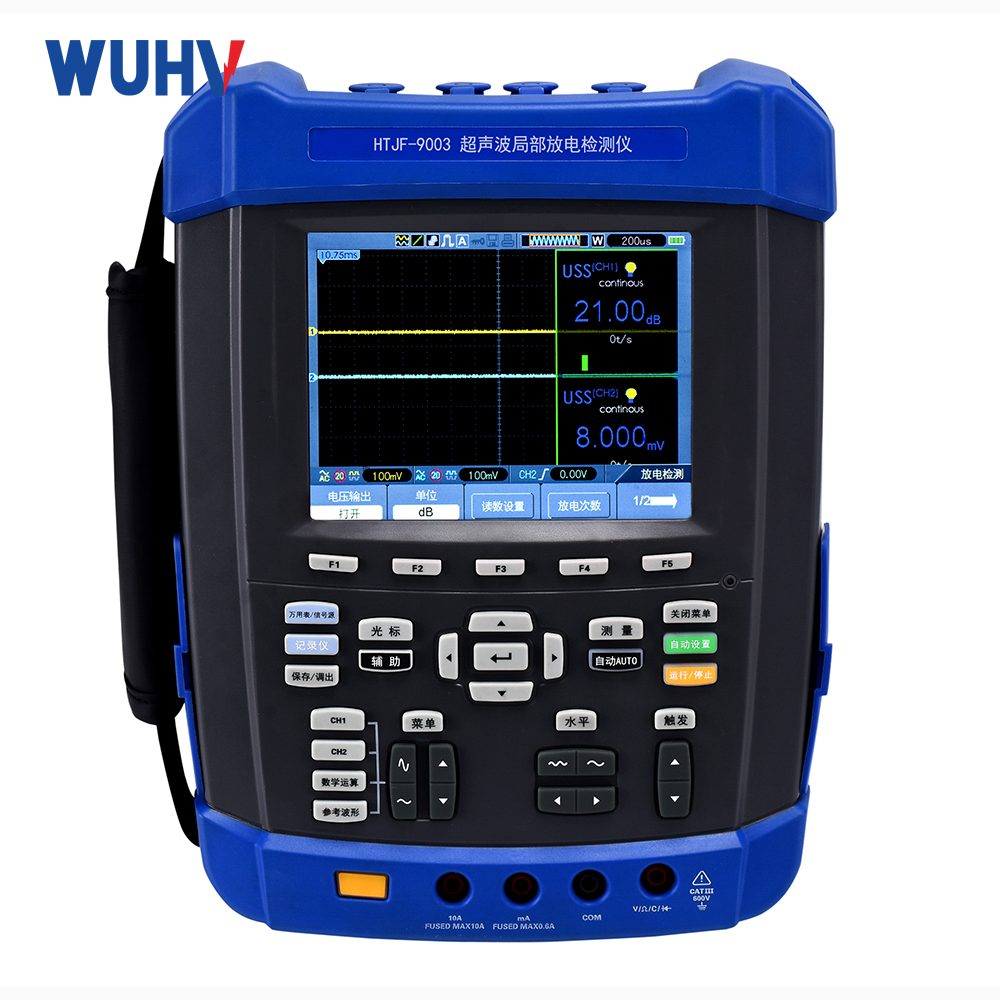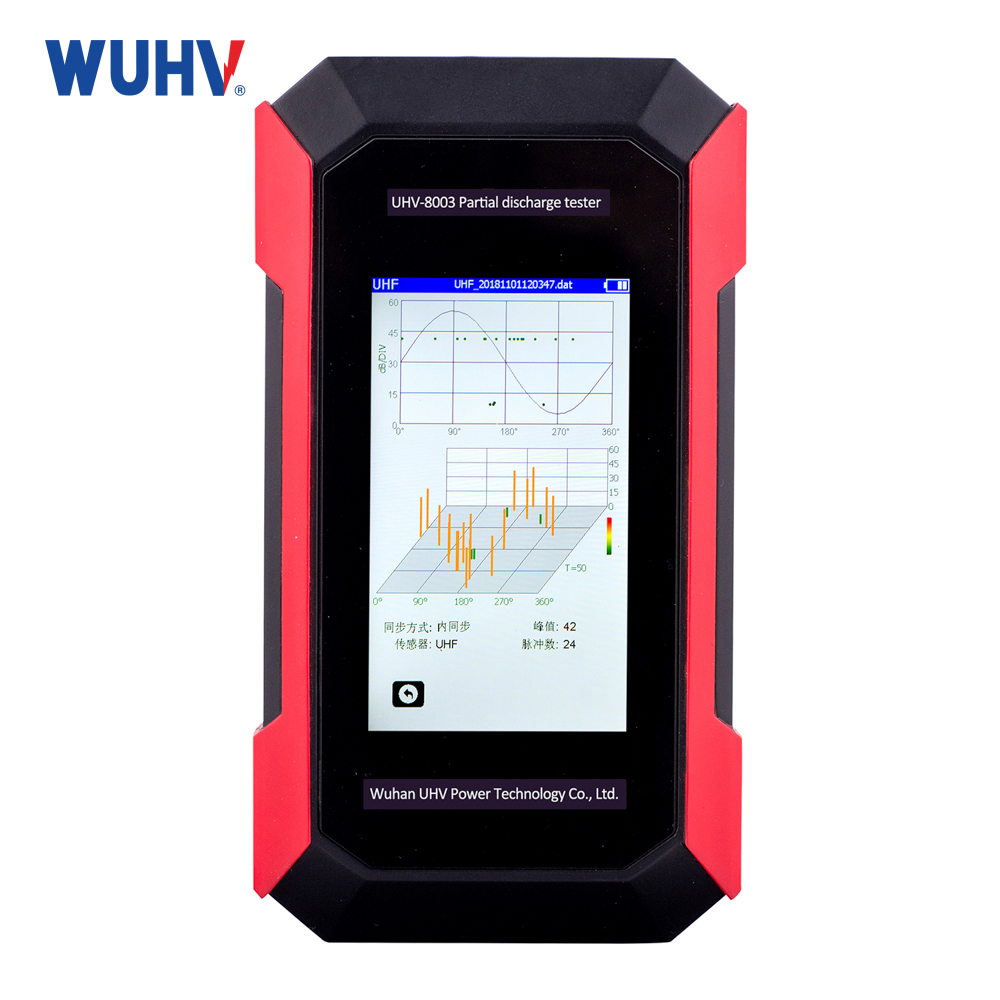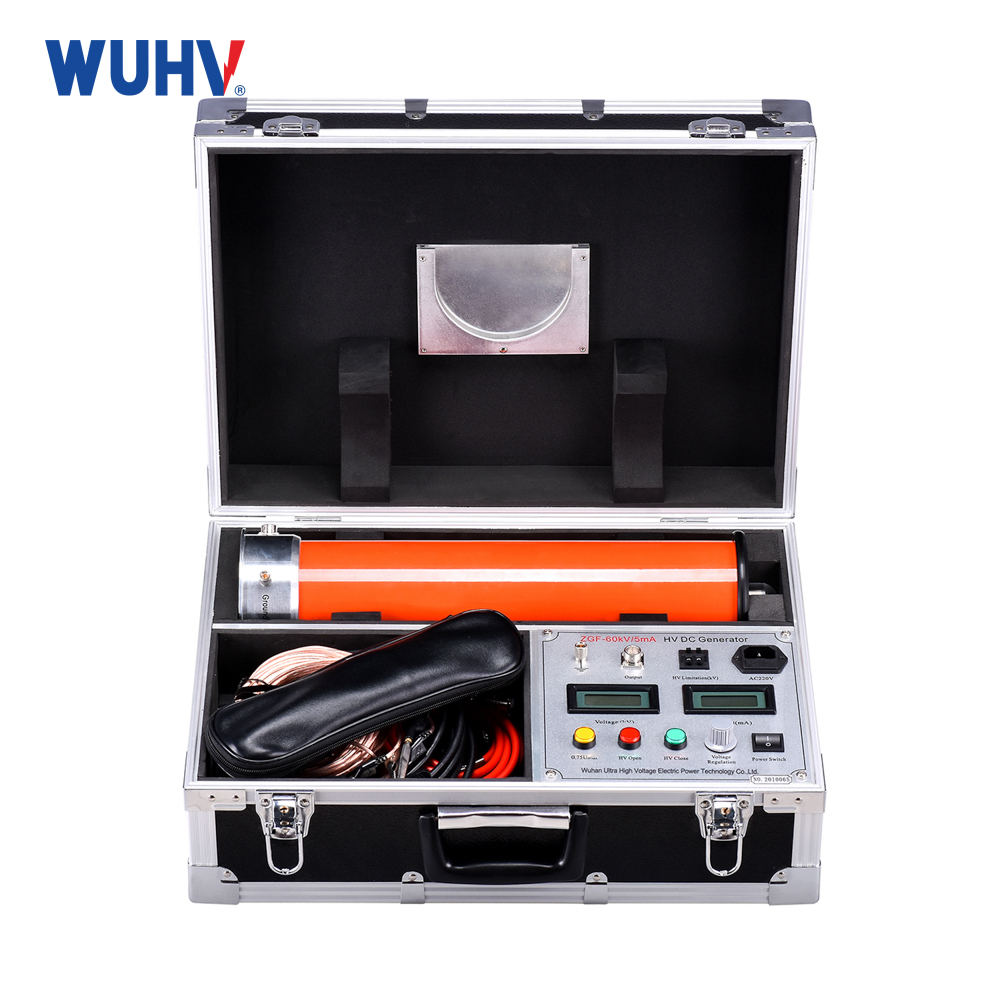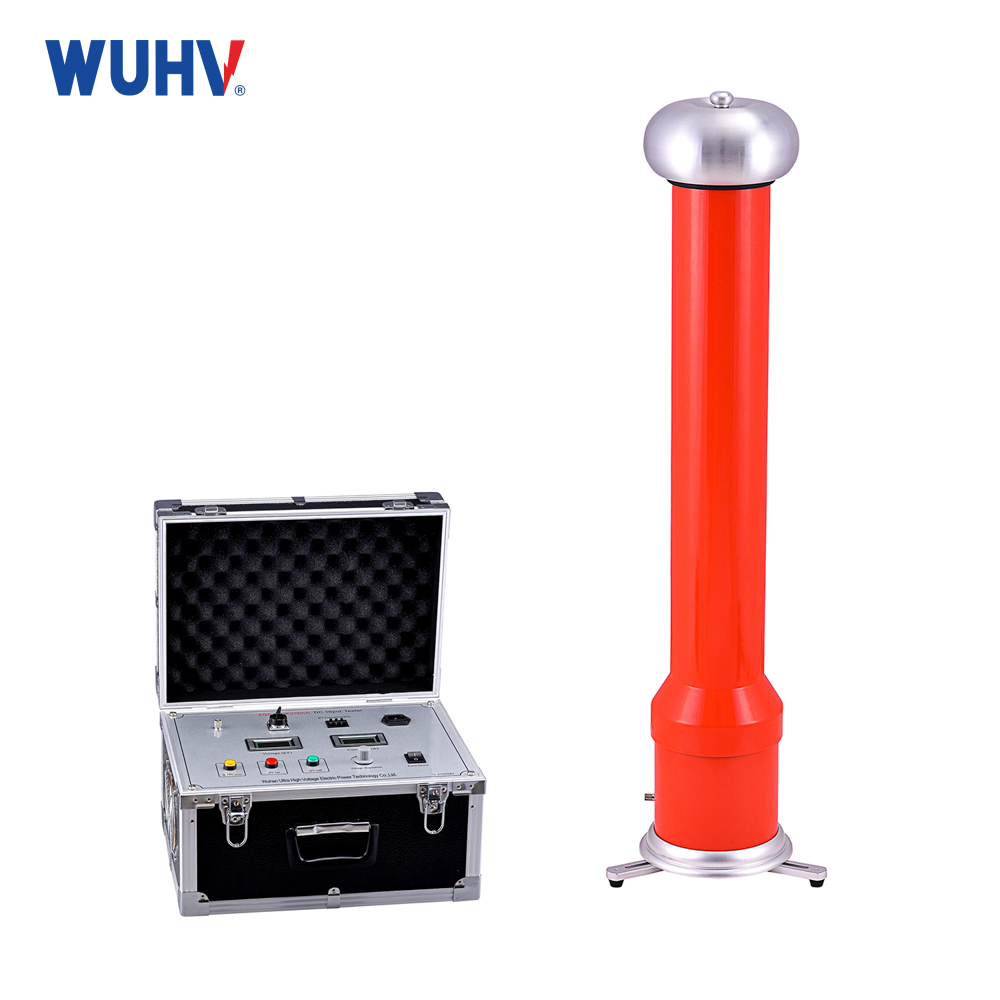Wuhan UHV specializes in producingseries resonance (also known as series resonance withstand voltage equipment). Next, we will share with you the reasons for the large series resonance current.
Principles of series resonance and parallel resonance
In a series circuit of resistors, inductors, and capacitors, the phenomenon where the terminal voltage of some circuits is in phase with the total current of the circuit is called knowledge series resonance. A series resonant circuit is purely resistive, with terminal voltage and total current in phase. At this point, the impedance is low, the current is high, and high voltages many times greater than the power supply voltage may be generated on the inductance and capacitance. So series resonance is also called voltage resonance.
In a circuit where the coil of an inductive sensor is connected in parallel with a capacitor, the phenomenon where the terminal voltage of a parallel control circuit is in phase with the total current of the circuit is called parallel structure resonance. The total impedance of a parallel resonant circuit is relatively high, so the total current of the circuit decreases. However, for each branch, the current may be much greater than the total current, so current resonance is also known as current resonance.
The reason for the large parallel resonance current
Parallel resonance is a branch of the social structure of the series resonance test research device, used for analyzing and testing the insulation material performance of electrical engineering equipment. "Parallel" is a method that can be connected. During resonance, the circuit inductance and capacitance are equal and cancel each other out, and the circuit is in a pure resistance load development state. At this time, the resistance in the circuit is minimized, so the current passing through it reaches its maximum. According to Ohm's law U-IR, it can be concluded that when a series of resonant circuits are in a combined state, the resistance in the circuit is minimized, the voltage remains constant, and the current is maximized.
The main components and parts of a series resonance problem are: frequency conversion system controller, excitation transformer, combined reactor, compensation standard capacitor, and capacitive voltage divider, suitable for the handover of high-voltage capacitive test samples and preventive environmental testing.



